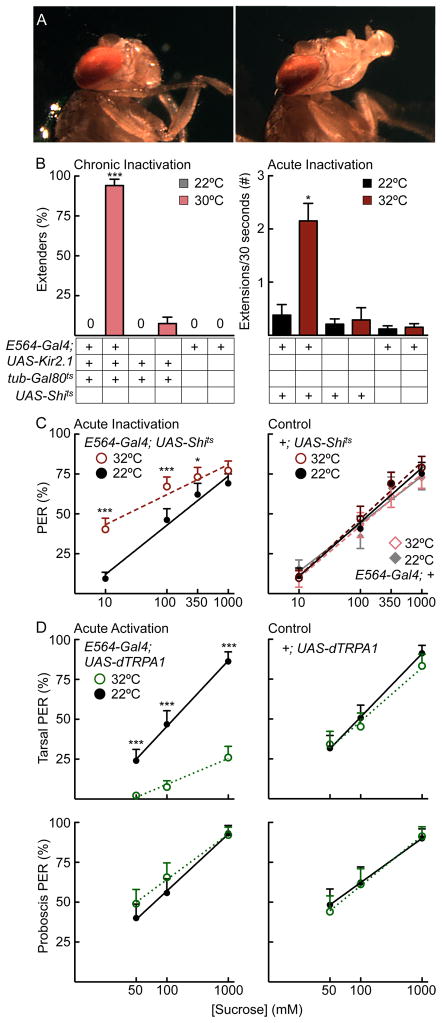Figure 1. Inducible inactivation and activation of E564-Gal4 neurons alters the threshold for proboscis extension.
A. Example images of E564-Gal4; UAS- Kir2.1, tub-Gal80ts flies without (left) and with (right) induction of Kir2.1.
B. Chronically silencing neurons in E564-Gal4; UAS-Kir, tub-Gal80ts (left) produced constitutive proboscis extension in nearly 100% of animals, a phenotype almost never observed in control (UAS-Kir2.1, tub-Gal80ts or E564-Gal4 flies) and non-induced flies (E564-Gal4; UAS-Kir, tub-Gal80ts, 22°C). Kir2.1 was induced by placing the flies at 30°C for two days prior to experimentation at 22°C. 0 indicates that no flies showed proboscis extension. n=55–60 flies, mean ± 95%CI, Fisher’s exact test, *** P<0.001. Acutely silencing neurons in E564-Gal4; UAS-Shits flies (right) increased spontaneous proboscis extensions more than five-fold at restrictive temperature (32°C, red bars) compared to permissive temperature (22°C, black bars). n=25–36 flies, mean ± SEM, student’s t-test, *P<0.05.
C. Proboscis extension response to sucrose (10–1000mM) in E564-Gal4, UAS-Shits (left) and control E564-Gal4 or UAS-Shits flies (right) at permissive (black, gray) and restrictive temperatures (red, rose). n=54–67 flies, mean±95% CI, Fisher’s exact test, ***P<0.001, *P<0.05.
D. Proboscis extension response to tarsal (top) or proboscis (bottom) stimulation in E564-Gal4, UAS-dTRPA1 (left) and UAS-dTRPA1 control flies (right) at 22°C (black) and 32°C (green). n=31–44 flies/condition, mean ± 95% CI, Fisher’s exact test, ***P<0.001, *P<0.05. See also Figure S1, showing that silencing E564 neurons did not affect sucrose consumption.

